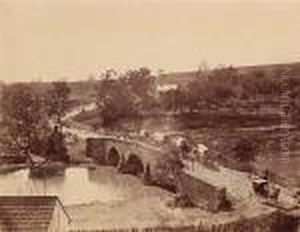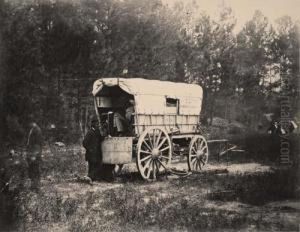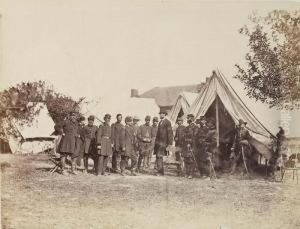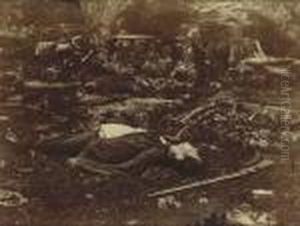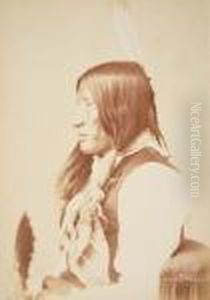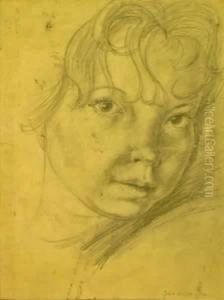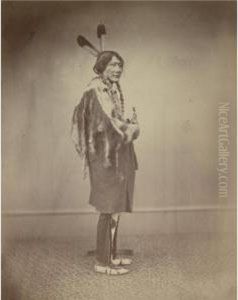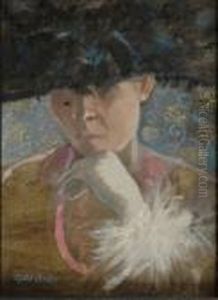Alexander Gardner Paintings
Alexander Gardner was a pioneering Scottish photographer who is best known for his work during the American Civil War and his portraits of famous personalities of his time, including President Abraham Lincoln. Born on October 17, 1821, in Paisley, Scotland, Gardner had an early interest in chemistry and later in photography, which was a relatively new medium at the time. He initially worked in Glasgow, where he became involved with the cooperative movement and was influenced by the social reformer Robert Owen.
In 1851, Gardner moved to the United States, settling in New York City before relocating to Washington, D.C. He found employment with Mathew Brady, a prominent photographer, and quickly became his studio manager. When the Civil War broke out in 1861, Gardner and Brady decided to document the conflict. Gardner was given the title of chief photographer under the supervision of the Union Army's Quartermaster Corps, a position that allowed him unprecedented access to the battlefields.
Gardner's photographs from the Civil War era are among the first examples of photojournalism. They captured the grim realities of war, including battlefield landscapes littered with dead soldiers, a stark contrast to the heroic paintings of previous wars. His most famous work from this period is the Antietam series, taken after the battle of Antietam in 1862, which is considered one of the bloodiest days in American history. These photographs had a profound impact on the public's perception of the Civil War, bringing the brutal reality of the conflict into homes across the country.
After the war, Gardner continued to work as a photographer, documenting the construction of the Union Pacific Railroad and the life of Native American tribes in the West. He also opened his own studio in Washington, D.C., where he took portraits of many notable figures of the era.
Gardner's contributions to photography, particularly in the context of the Civil War, have left an indelible mark on the field. His work not only served as a historical record but also helped establish photography as a legitimate form of documentation and art. Alexander Gardner passed away on December 10, 1882, but his legacy as one of the foremost photographers of the 19th century endures.
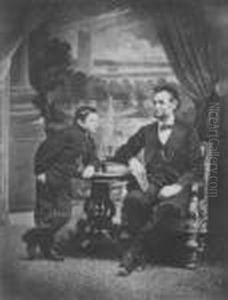
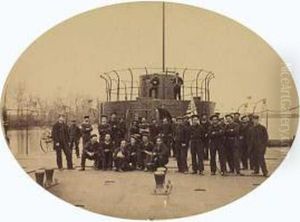
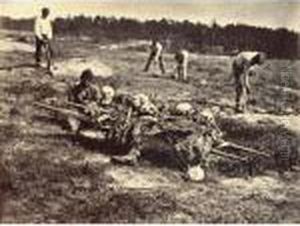
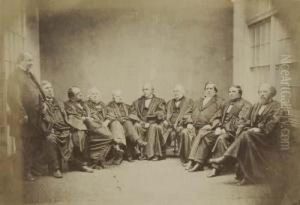
![Samuel Arnold [a Lincoln Conspirator]](https://www.niceartgallery.com/imgs/1323617/s/alexander-gardner-samuel-arnold-a-lincoln-conspirator-eaadb01e.jpg)
